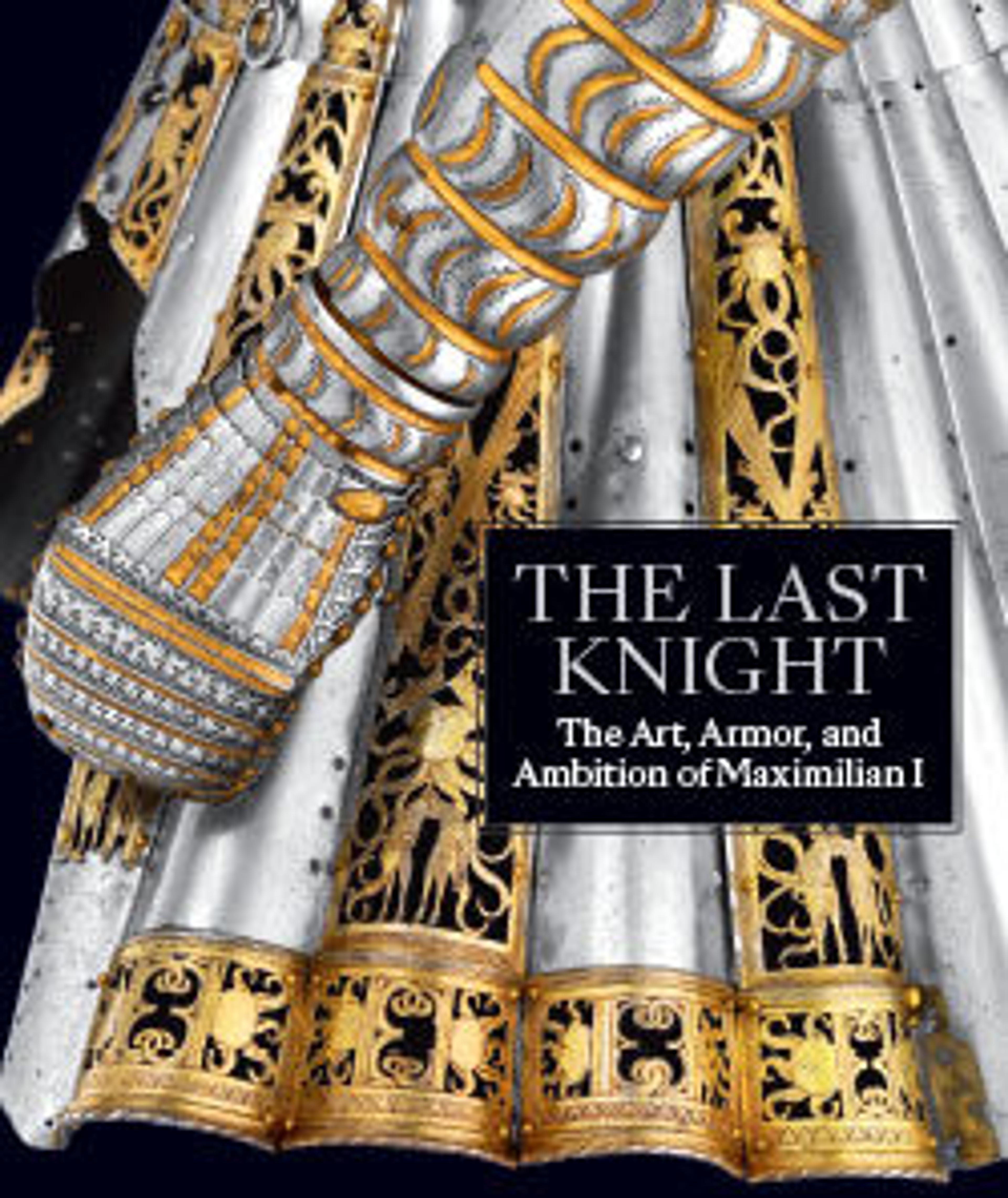Presentation Coin of Maximilian I
Presentation coins were usually designed by court artists and given by princes as rewards or political gifts, or disseminated as propaganda. This coin was struck to commemorate the coronation of Maximilian I (1459–1519) as Holy Roman Emperor in 1508, reinforcing the emperor's dynastic claims to power through heraldry, inscriptions, and his depiction in full armor astride a fully barded horse, all elements elaborately decorated. The bard is of a type that appears to have been an invention and specialty of one of Maximilian's court armorers, Lorenz Helmschmid (rec. 1467–1515/16) of Augsburg. Its most notable feature is the armor for the horse's legs, protecting each with a system of articulated plates down to the fetlock. Such an extensive bard was in all likelihood only used for ceremonial purposes. Reflecting artistic sophistication, wealth, and power, it ideally complements the purpose of this presentation coin. The present example belongs to a second edition, struck at Antwerp in 1517.
Artwork Details
- Title: Presentation Coin of Maximilian I
- Designer: Ulrich Ursentaler (Austrian, Hall, died 1561/62)
- Date: minted, 1517; dies cut and dated, 1509
- Geography: Hall; Antwerp
- Culture: South Netherlandish, Antwerp; dies cut in Hall, Austria
- Medium: Silver
- Dimensions: Diam. 2 1/8 in. (5.4 cm); thickness 1/8 in. (0.3 cm); Wt. 1.9 oz. (53.9 g)
- Classification: Miscellaneous-Coins and Medals
- Credit Line: Gift of George D. Pratt, 1926
- Object Number: 26.261.14
- Curatorial Department: Arms and Armor
More Artwork
Research Resources
The Met provides unparalleled resources for research and welcomes an international community of students and scholars. The Met's Open Access API is where creators and researchers can connect to the The Met collection. Open Access data and public domain images are available for unrestricted commercial and noncommercial use without permission or fee.
To request images under copyright and other restrictions, please use this Image Request form.
Feedback
We continue to research and examine historical and cultural context for objects in The Met collection. If you have comments or questions about this object record, please complete and submit this form. The Museum looks forward to receiving your comments.
